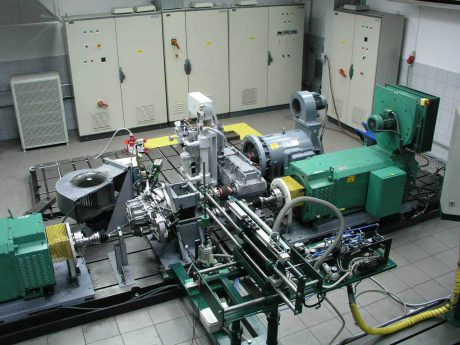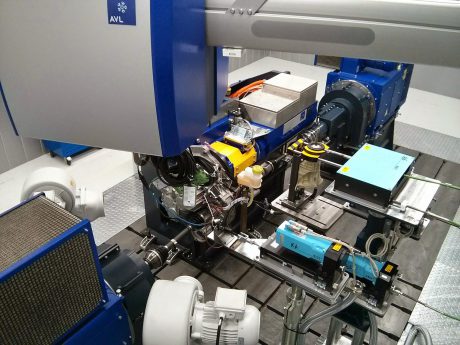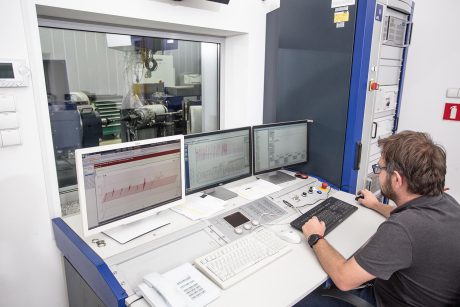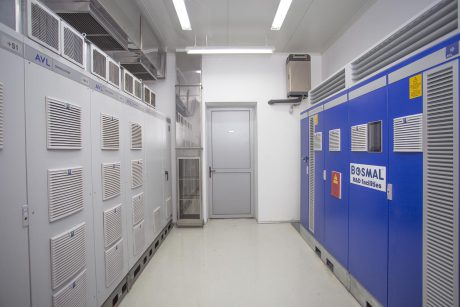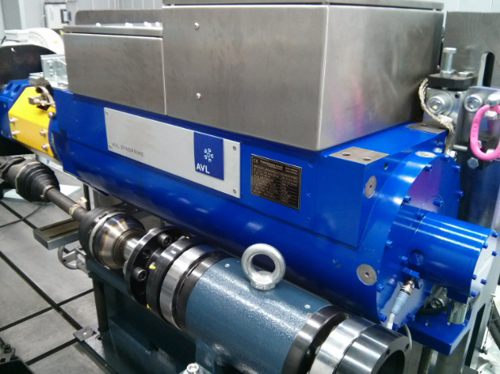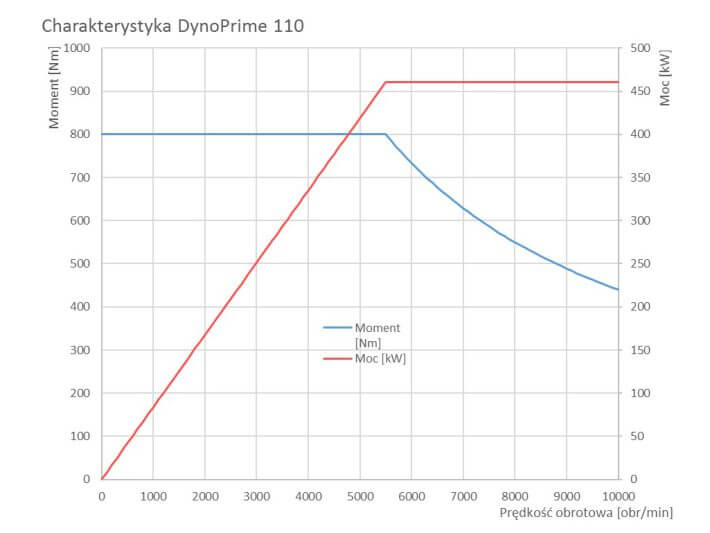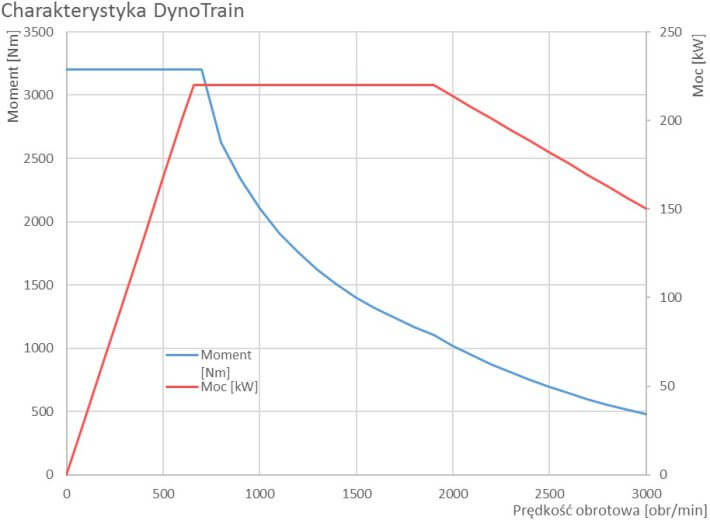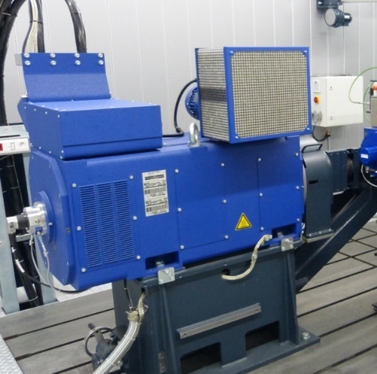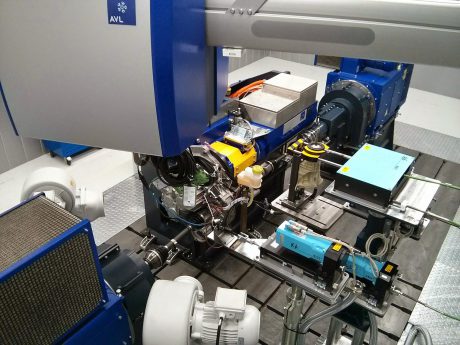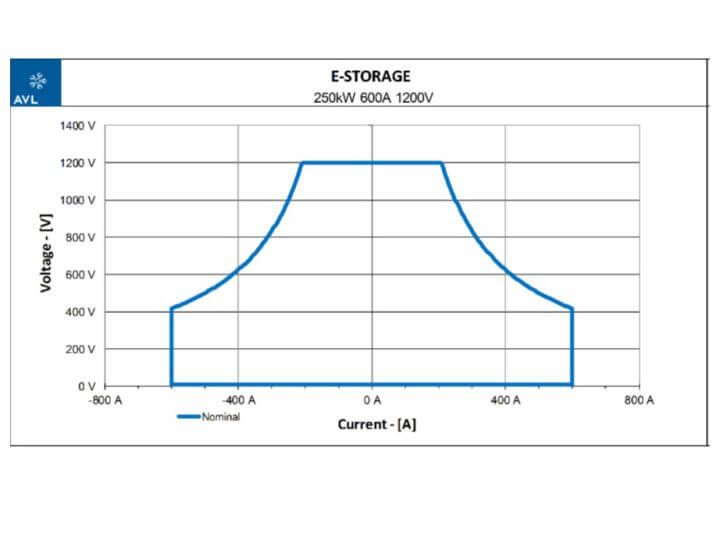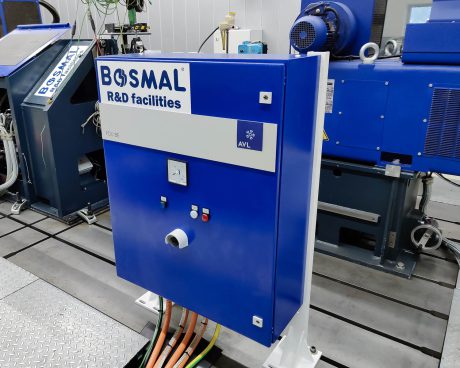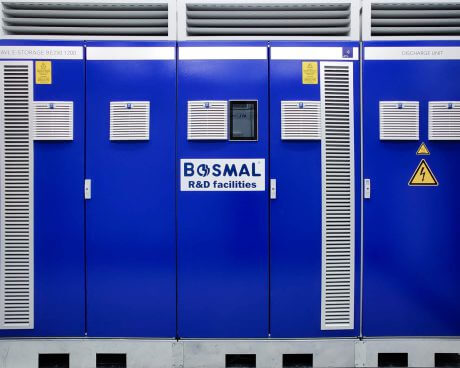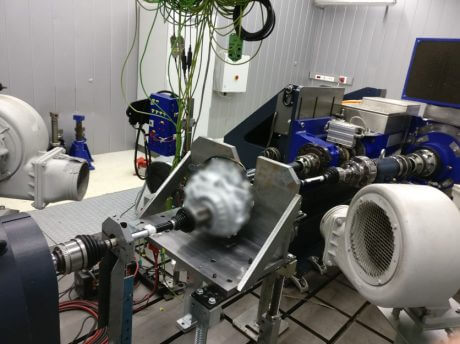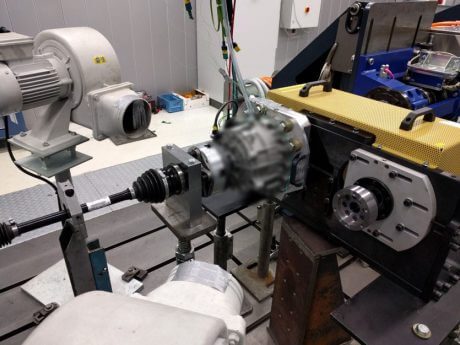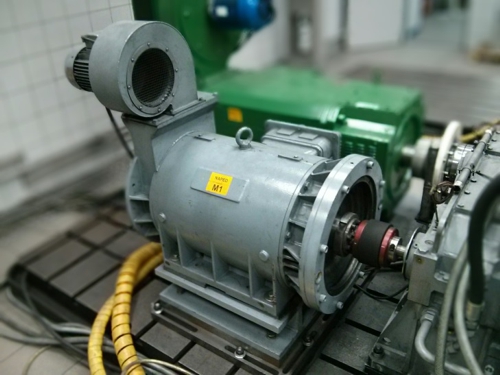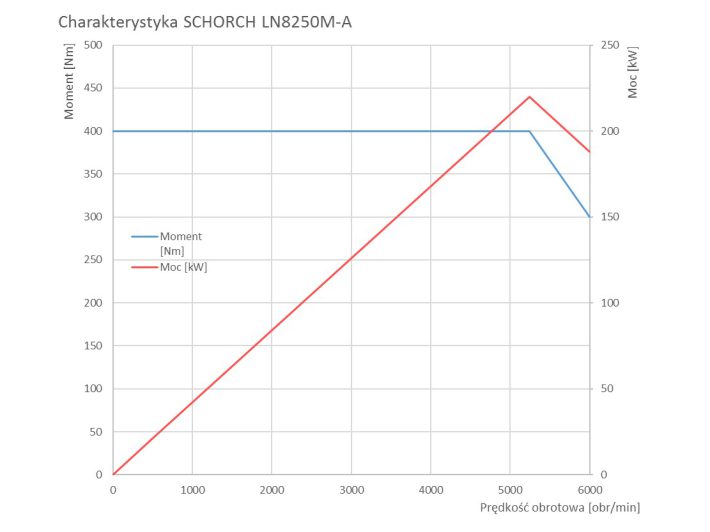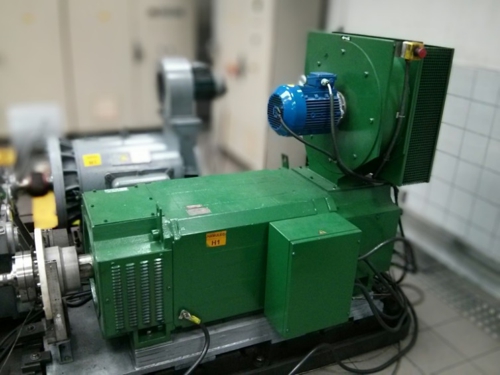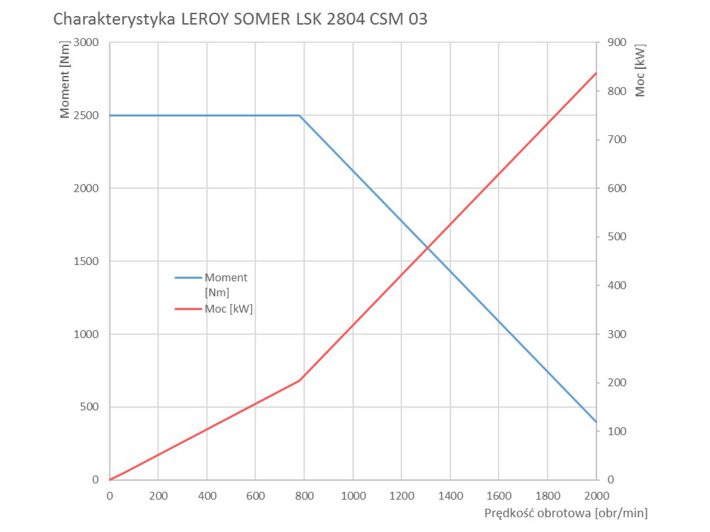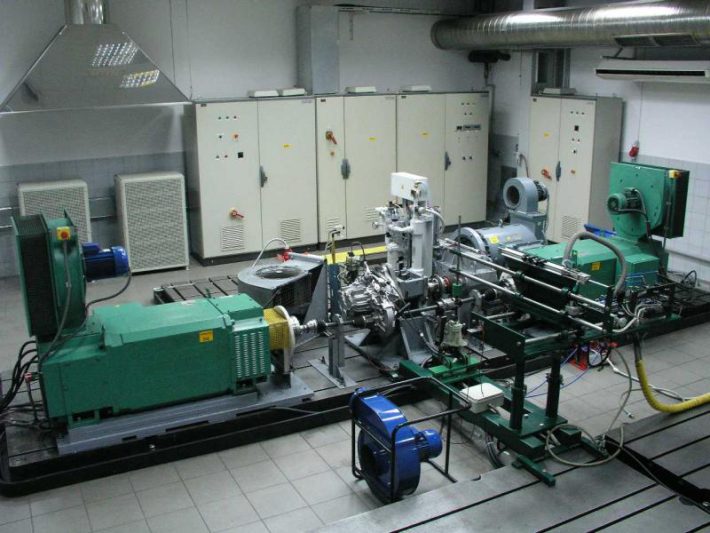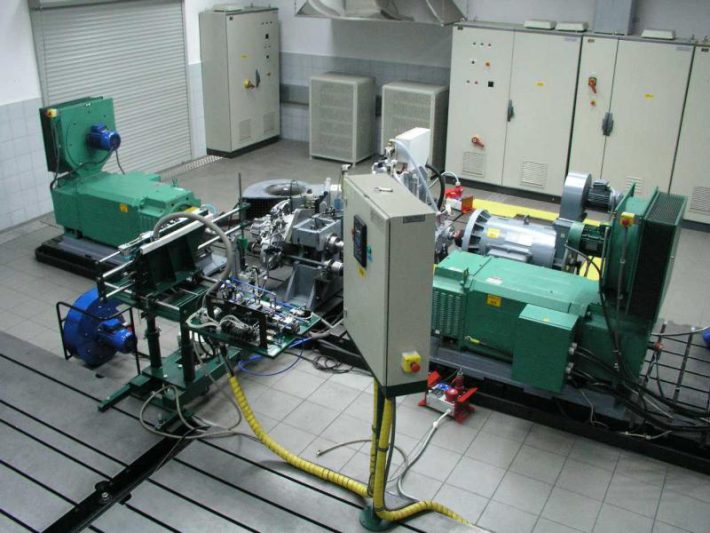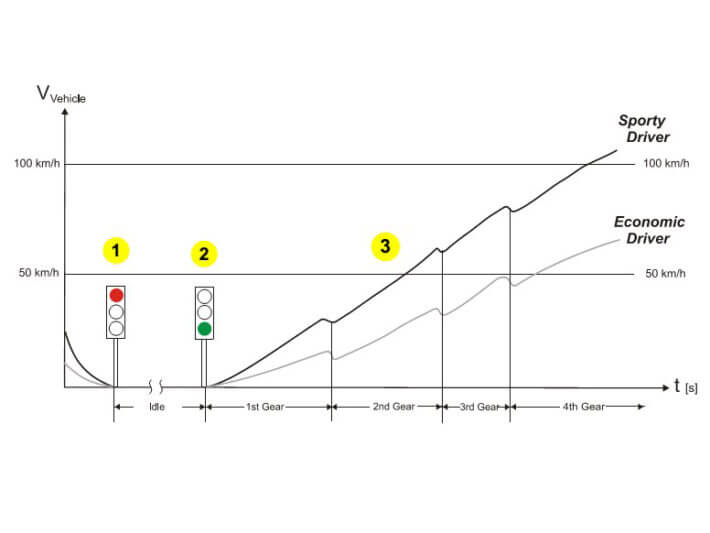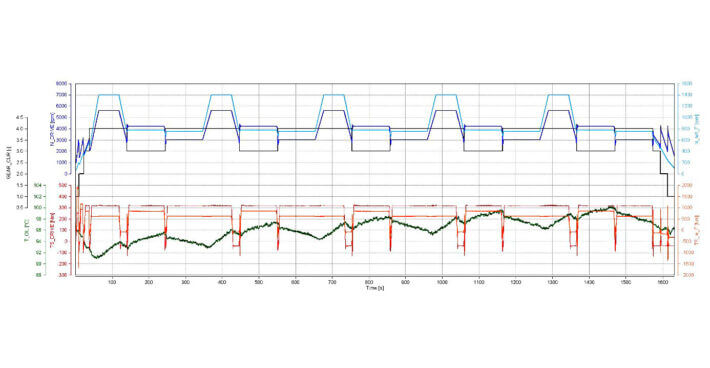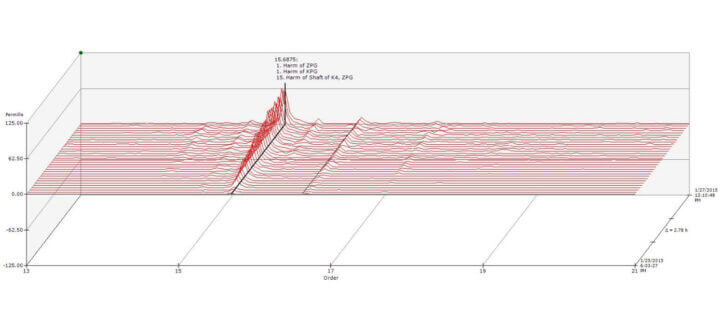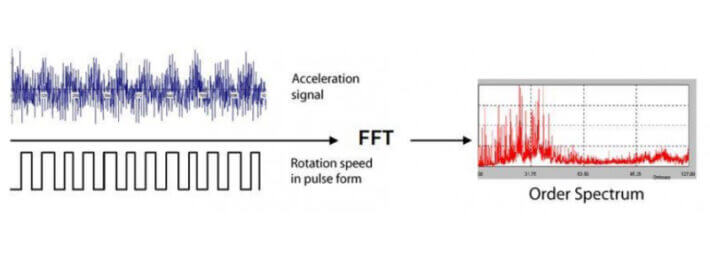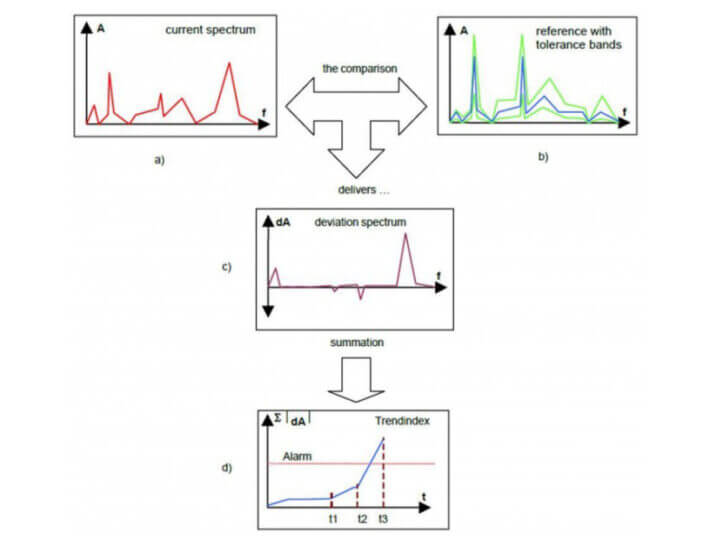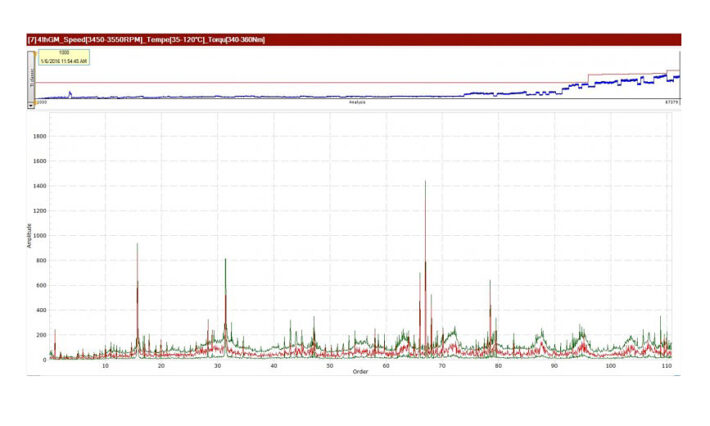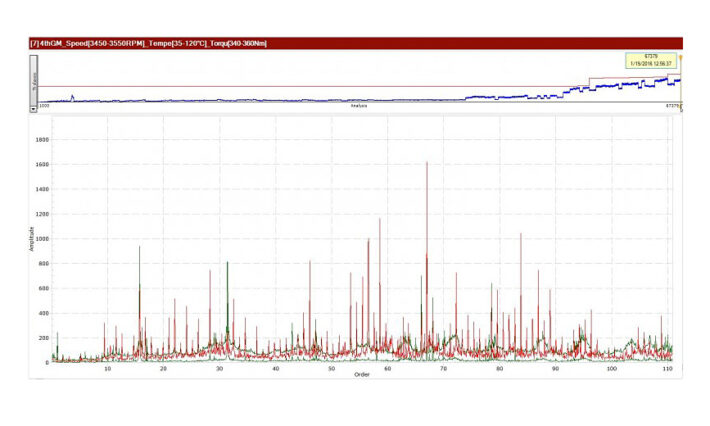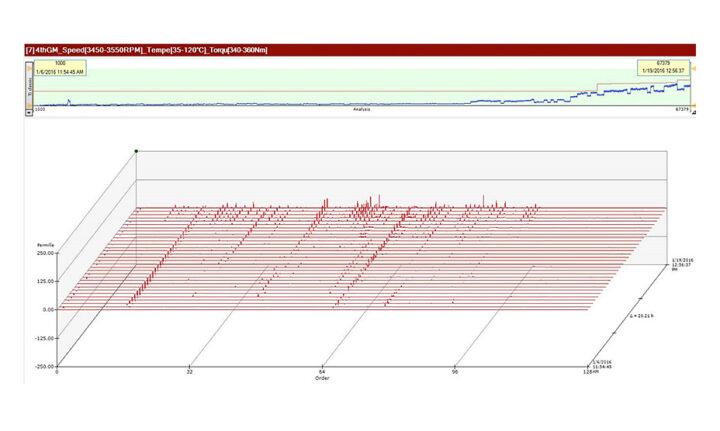Testing of transmissions has been conducted at BOSMAL since 1974, starting with the development of the transmission for the Polish Fiat 126p. Currently, we have two modern test benches for performing durability and dynamic tests for European and global transmission manufacturers and petrochemical companies producing lubricants. We perform durability and dynamic tests; we also conduct tests on transmission fluids, and perform spectral analyses of vibrations in the transmission system. We also conduct tests on complete e-axles and hybridised transmissions.
Testing of manual and automatic transmissions, gearboxes and e-drives

Comprehensive Transmission Testing and Development
We specialize in comprehensive research and development services for transmissions and gearboxes, offering support at every stage—from design to final product verification. Our advanced test rigs allow for precise and repeatable testing in controlled laboratory conditions.
Development, Modernization, and Integration
- R&D testing for new transmission designs.
- Modernization and optimization of currently used transmissions in passenger cars and light commercial vehicles.
- Integration of transmissions with new powertrain units (engines).
- Functional and durability analysis of components and entire assemblies.
Durability and Strength Testing
- Durability testing of transmissions, mechanisms, and bearings on individual gears and across defined drive cycles (including at maximum torque and maximum power).
- Strength and dynamic testing under load for various types of manual and automatic transmissions (including DCT and CVT) used in transverse 4×2 powertrain layouts.
- Vibration analysis and condition monitoring of the transmission throughout the tests to continuously assess wear and performance.
Advanced Real-World Condition Simulations
Our test rigs enable the simulation of the complete powertrain operating environment, including:
- Simulation of transmission operation within a virtual vehicle (passenger car or light commercial vehicle).
- Simulation of gasoline and diesel engine characteristics.
- Simulation of road load conditions, including aerodynamic drag, rolling resistance, and vehicle inertia.
- Simulation of diverse driver behaviors—from aggressive and sporty driving to eco-driving.
Our Test Rigs – Accelerated Testing and Reliable Data
Durability testing in our laboratory offers significant advantages over time-consuming road tests.
- Accelerated Test Times: We verify transmission strength and wear in a fraction of the time, effectively simulating hundreds of thousands of kilometers of mileage.
- Repeatability and Comparability: Standardized test conditions allow for reliable comparisons of different design solutions, materials, or lubrication technologies.
- Technical Capabilities: We conduct tests on two modern test rigs, suitable for both manual and automatic transmissions in transverse (front-wheel drive) configurations.
Durability and dynamic testing of gearboxes/transmissions and e-axles – AVL 412/402 testbed
The AVL 412/402 testbed facilitates the execution of durability and dynamic tests on manual, automatic, dual-clutch and continuously variable transmissions. Thanks to the addition of a battery emulator to the testbed setup, it is also possible to perform comprehensive testing of hybridised transmissions, as well as complete e-axles with their e-machines and inverters when simulating the vehicle battery.
DynoPrime driving motor and DynoTrain loading unit
The DynoPrime driving motor, simulating a vehicle engine, is a permanent magnet water-cooled AC machine.
The DynoTrain loading units, simulating road load, are AC air-cooled machines.
Battery Emulator (250 kW)
The battery emulator integrated into the transmission test stand enables testing to be carried out on complete electric drive axles (engine, gearbox, inverter, semi-axles) and hybrid transmissions with transverse engine mounting, including under simulated operating conditions (simulation of the vehicle and its battery, as well as the road and the driver).
Durability tests on manual transmissions – Apator Control testbed
The testbed allows durability tests to be performed on manual transmissions for front-wheel-drive vehicles.
The driving motor, simulating a vehicle engine, is an air-cooled AC machine.
Type: Schorch LN8250M-A
The loading motors, simulating road load, are air-cooled DC machines.
Type: Leroy Somer LSK 2804 CSM 03
Dynamic testing
Puma automation software for running automatic steady state and dynamic tests with or without driver and vehicle simulation.
Testing can be conducted on manual transmissions (MT), automatic transmissions (AT), dual-clutch transmissions (DCT) and continuously variable transmissions (CVT).
Dynamic tests can be conducted to check and fine-tune shifting procedures, test how the transmission will behave in a simulated vehicle on a simulated road or track with a simulated driver.
Dynamic transmission tests can be conducted with high repeatability in comparison to road testing, without external factors like different drivers and variable road conditions.
Vibroacoustic analysis for transmission tests
To evaluate vibrations during the tests we use Reilhofer’s deltaAnalyser system.
The system compares the gearbox vibration profile at the beginning of the test with vibrations recorded during the test.
The system ensures early detection of gearbox wear/damage and helps the operator to pinpoint its location (e.g. damage to the teeth of the 3rd gear on the driven wheel and indicate the wear/damage progress history). The process of gearbox wear/damage detection works automatically, runs continuously and is integrated into the test bench control system to stop the test in case of damage occurring or set emergency thresholds being exceeded.
Just like any vibration analysis system, deltaAnalyser compares the spectrum of the gearbox at the beginning of the test to the spectrum recorded recently and generates a graph showing overall wear of the gearbox, which can be easily understood by a typical test bench operator.
Spectrum analysis and tolerances at the beginning and at the end of the test.
Back
to top


